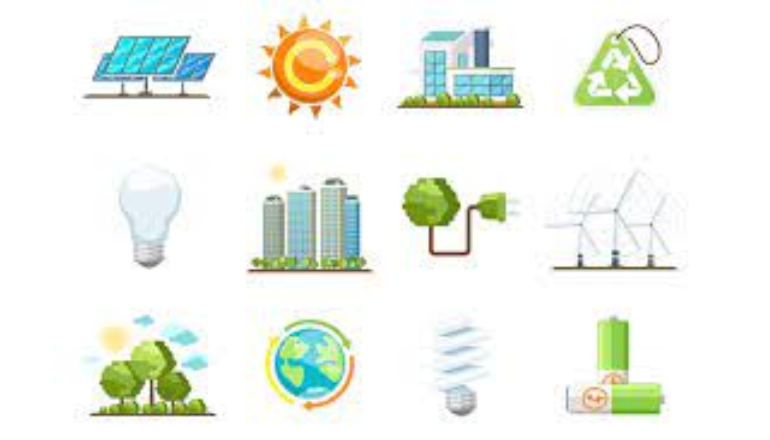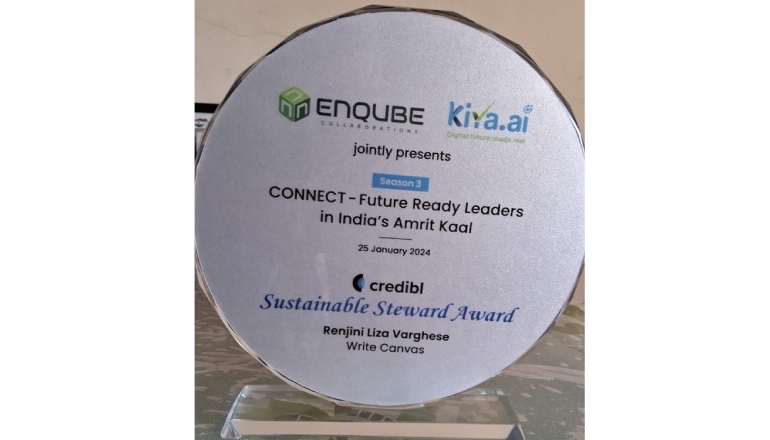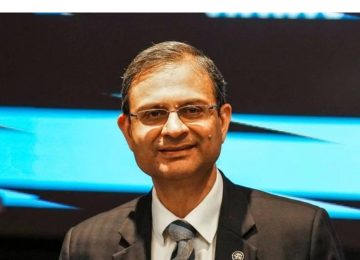Renewable energy is metamorphosing India’s energy landscape.
Modhera–an Indian village in Northern Gujarat, largely famous for the Sun Temple, recently entered the global league to be the world’s first solar-powered village.
The village has installed 1,300 rooftop solar systems and a ground-mounted solar power plant, utilizing the first grid-connected renewable energy system, battery, energy, and storage system (BESS), resulting in a net renewable energy model and saving 60-100% on electricity bills.
Similarly, the Diu Smart City has become the first city to run on 100% renewable energy during the daytime, generating 1.3 MW annually. The city has developed a 9 MW solar park and solar panels on 79 government buildings, saving 13,000 tonnes of carbon emissions annually. Power tariffs in residential categories have been reduced significantly over the last few years.
These two instances are paving the way for conversations around renewable energy adoption in the country—a segment that will play a key role in pivoting India to its ambition of becoming a $5 trillion economy and the world’s third-largest in the next few years!
India aims for net-zero carbon emissions by 2070, 50% renewable power by 2030, and a 45% reduction in economic carbon intensity by the end of the decade. It plans 500 GW of renewable energy capacity by 2030, including 50 solar parks.
Challenges:
- India aims to reach 500 GW of renewable energy capacity by 2030, with 40-50 GW over time. However, there are gaps in transmission and substation capacities, which must catch up, despite the bidding trajectory being set.2. Coal replacement may generate waste.3. Lack of clarity about the end-of-life recycling strategies for wind turbines and solar PVs.
Opportunities:
India is the world’s third-largest energy consumer.
According to the REN21 Renewables 2022 Global Status Report, India ranks fourth in the world for installed capacity of renewable energy (including large hydro), fourth for wind power, and fourth for solar power. The nation has increased its target to 500 GW of non-fossil fuel-based energy by 2030 at COP26. Under the Panchamrit, this has been a crucial commitment. This is the biggest renewable energy expansion plan in the world.
India, the fourth-largest global renewable power capacity addition, has achieved 40% of its installed electric capacity from non-fossil fuels by November 2021, ranking fifth in solar and fourth in wind power capacity.
India’s installed non-fossil fuel capacity has grown by 396% in the last 8.5 years, exceeding 179.57 GW. Renewable energy additions reached 9.83% in 2022, with India’s solar energy capacity increasing thirty times in nine years. Since 2014, renewable energy capacity has increased by 128%.
Solar front-ending RE segment in India:
Solar is frontending the renewable energy adoption in the country at present driven by favorable policies, a cohesive solar ecosystem, and local manufacturing. Wind energy, thermal, hydropower, and thermal energy are also gaining ground.
The union government too is providing a boost as is evident from the announcements in the Union Budget over the last few years:
A few highlights from Union Budget 2023 evidence the government’s commitment:
- With an additional $36 million in funding, the National Hydrogen Mission will produce 5 MMT by 2030, with a $2.4 billion budget.
- Battery Energy Storage Systems with 4 GWh Capability Assisted by Viability Gap Funding
- Pumped Storage Projects have been given a boost in preparation for the formulation of a thorough framework.
- $1.02/2.5 billion in Central Sector Funding for 13 GW of Renewable Energy from Ladakh through ISTS Infrastructure
Installed capacity for Renewables:
Wind power: 44.73 GW
Solar Power: 73.31 GW
Biomass/Cogeneration: 10.2 GW
Small Hydro Power: 4.98 GW
Waste To Energy: 0.58 GW
Large Hydro: 46.88 GW
Favorable policy:
The National Designated Authority for the Implementation of the Paris Agreement (NDAIAPA) has assigned renewable energy activities/policies for trading carbon credits under the Article 6.2 mechanism, including renewable energy with storage, solar thermal power, off-shore wind, and green hydrogen.
The Union Cabinet has approved the Production-Linked Incentive (PLI) Scheme for High-Efficiency Solar PV Modules for India’s Manufacturing Capabilities and Exports, Atma Nirbhar Bharat. The program aims to create 30,000 direct jobs, replace imports with INR 17,500 Cr annually, and encourage research and development for increased efficiency of solar PV modules. The second phase, starting in September 2022, is expected to add 65 GW of manufacturing capacity.
India’s revised NDC targets aim for 50% non-fossil energy capacity by 2030, 45% emission intensity reduction by 2070, and Net Zero by 2070. Carbon Capture, Utilization, and Storage (CCUS) is a key strategy for decarbonization in hard-to-abate sectors. Using CCUS technology can reduce imports and build an Atma Nirbhar Indian India aims for 5% biodiesel blending by 2030, with demand expected to grow by 30% to 200 billion liters by 2028, Renewable diesel and ethanol will account for two-thirds of this growth, and the rest will be divided among biodiesel and bio-jet fuel. economy, generating 8-10 million FTE job opportunities.
The Central government has set a goal of achieving 50% ethanol blending by 2030 and advanced its 20 percent blending target to 2025.
Hybrid: The Union government has set an ambitious target of achieving 175 GigaWatt (GW) of installed capacity from renewable energy sources by 2022, which includes 100 GW of solar and 60 GW of wind power capacity.
For instance, AHEJOL, a subsidiary of Adani Green Energy Limited (AGEL), has commissioned a 390 MW wind-solar hybrid power plant in Rajasthan. This plant in Jaisalmer is the first ever wind and solar hybrid power generation plant in India.
Green jobs:
A recent report by Airswift shows that 88% of renewable energy employees are considering a change in employment due to professional advancement opportunities and general interest in the sector. 38% would switch to a different energy sector, with power being the preferred choice.
Job profiles advertised include policy support, EPC, SCADA, and technology integration; renewable energy consultancy; project management, QA/QC Manager; solar engineer; wind farm project manager; wind turbine Technician; among others.
According to Adrian Smith, Worley’s Executive Group Director of Transformation, “A parallel intersection of skills between power and renewables is being created by growing electric grid interconnections with renewables.” Digitalization of renewable energy is accelerating and overlapping with other industries, like technology.
For example, Waaree Energies recently appointed Dr. Avadhut Parab, one of the most renowned and experienced CIOs in India, as its CIO. Professionally, Dr Parab who was the CIO for the Parle Group and has served Wockhardt Ltd, joins Waaree Energies to provide the much-needed technology guidance in the evolving solar manufacturing and EPC space.
Our take:
The renewable energy sector is marching ahead. We are witnessing a positive growth trajectory. Favorable policies coupled with investments from the public and private sectors are fuelling the uptake. But the segment is lagging in adequate infrastructure, concerns about recycling of end-of-life products, and a fear of stagnation as is evident in waning interest in the green bonds–of which RE forms a major crux. The leading players must come together and address the issue by sharing best practices, SOPs, and case studies with their peers.










